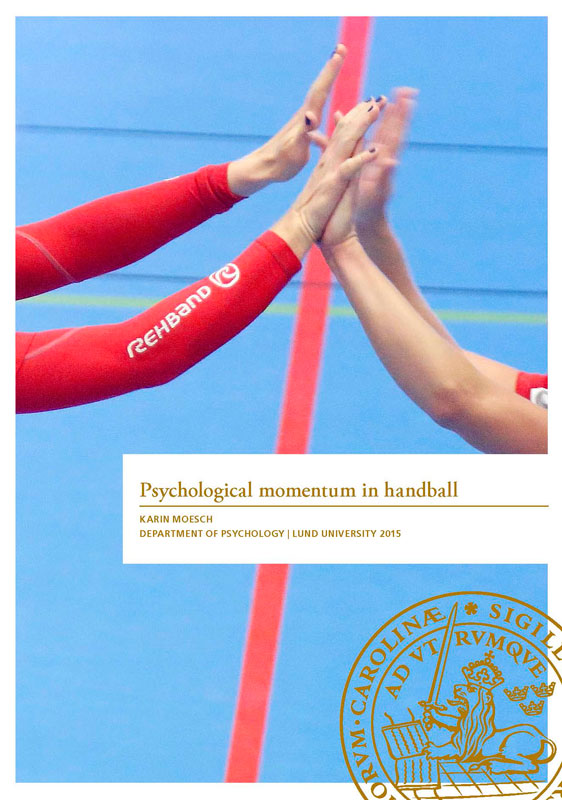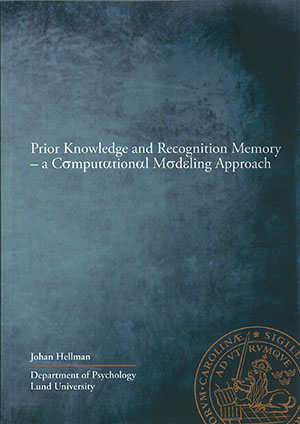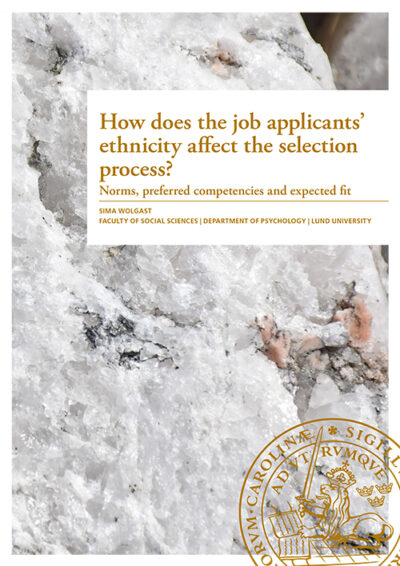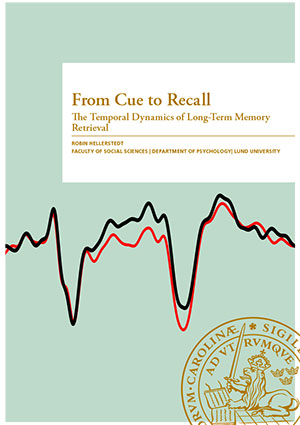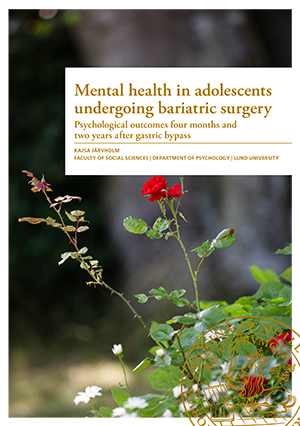Psychological momentum in handball
Karin Moesch
172 kr
Beskrivning
This doctoral dissertation deals with a phenomenon that is often referred to in sports, but still poorly understood from a scientific angle: psychological momentum (PM). No consensus has been agreed on how to label this phenomenon, and other terms such as momentum or behavioural momentum (BM) are often used interchangeably. In everyday language, PM can be explained by periods in a match where everything goes perfectly well (i.e., positive PM), or periods in a match where nothing works out as it should (i.e., negative PM). In short, it is about the flow of the game.
Study I investigated the existence of momentum in female elite handball matches. The findings revealed that only 11.6% (autocorrelations), respectively 16.3% (χ2 tests), of the matches showed signs of momentum. In 7% of the matches, signs of anti-momentum were found. However, in nearly three of four matches, at least one five-minute period of momentum was detected. These results suggest that momentum exists in short periods, but normally does not last for a complete match. In Study II, semi-structure interviews with nine coaches of female elite handball teams were done to explore their perception of triggers, strategies, and characteristics of PM. The results showed that characteristics of both positive and negative PM could be categorised into factors regarding behaviour, cognition, confidence, emotions, and the team. Triggers for positive PM were grouped into the categories confidence, players’ individual factors, team factors, and team-opponent factors, whereas triggers for negative PM related to the categories coach factors, confidence, external factors, players’ individual factors, and team factors. The coaches mentioned a plethora of strategies that can be applied to enhance the chances to end up in a positive PM. Study III investigated the relationship between a team’s history of events, nonverbal behaviours in the form of gesture and touch shown by the shooter after scoring, and subsequent team performance. The results revealed among others that a high degree of touch when playing well, and a low degree of touch when playing poorly were related to positive subsequent team performance, while showing much touch when playing poorly, or showing little touch when playing well were related to negative subsequent team performance.
Several conclusions can be drawn: Momentum in handball is short-lived, complex in nature, and probably best portrayed in a circular way where the different variables influence each other reciprocally. The display of touch after scoring seems to be a means of maintaining positive PM.
Ytterligare information
| Vikt | 357 g |
|---|---|
| Storlek | 10 × 169 × 239 mm |
| Språk | Engelska |
| Antal sidor | 160 |
| Publikationsår | 2015 |
| Bandtyp | Häftad |
| ISBN | 978-91-7623-281-1 |

